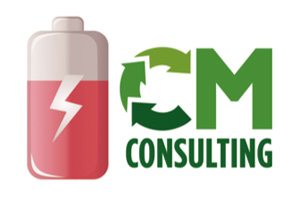 May 16, 2012, Peterborough, Ontario – New producer responsibility laws that regulate portable battery collection and recycling have been in place in British Columbia and Ontario since 2010 and in Manitoba since 2011. Quebec’s program will commence this summer. Transparency and clarity on the performance of these new initiatives are critical to understanding the differences, strengths, and weaknesses of each program.
May 16, 2012, Peterborough, Ontario – New producer responsibility laws that regulate portable battery collection and recycling have been in place in British Columbia and Ontario since 2010 and in Manitoba since 2011. Quebec’s program will commence this summer. Transparency and clarity on the performance of these new initiatives are critical to understanding the differences, strengths, and weaknesses of each program.
Click here for full battery report (PDF -2 MB)
Managing Canada’s Waste Batteries 2012 reports, clarifies, and offers insight into the new battery collection and recycling programs in Canada. Clarissa Morawski, principal of CM Consulting and study author says, “We now have some data from program operators to see how well these programs are working, how they differ, and how to make them better. This information can help identify best practices for better performance through effective collection systems and efficient recycling technologies—technologies that maximize the output of valuable raw materials to be sold back to manufacturers, thereby replacing virgin feedstock.”
Canada’s battery recyclers continue to expand and evolve to meet the recycling demands of an ever-growing waste stream of batteries. There has been a surge in Li-ion battery sales, for example, and a subsequent increase in waste batteries needing proper management. Toxco-Canada based in Trail, BC and Raw Materials Company Inc. in Port Colborne, Ontario are two such companies with the capacity to recycle most of the portable batteries generated in Canada today.
“Our findings show that programs for primary (non-rechargeable) batteries saw gains in the number of kilograms collected for recycling, with Ontario collecting the highest number of batteries on a weight basis per capita (79 grams), followed by British Columbia (63 grams). Manitoba, in its first year of operation, collected 11 grams of primary batteries per capita,” reports Morawski.
Managing Canada’s Waste Batteries 2012 presents recent data and offers clarification on definitions of recovery and recycling rates, what they include and exclude, and how they relate to program performance. “This study is our response to the need of the public, government, and industry for transparency, data scrutiny, and clarity on this important subject,” says Morawski.

